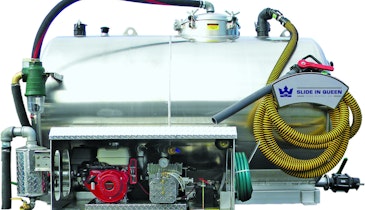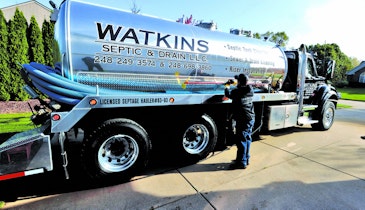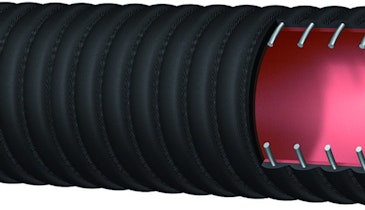Responsible Management Entities
Robert Rubin, Ph.D., McKim & Creed Consulting, Cary, N.C.
When the U.S. Environmental Protection Agency announced its voluntary management guidelines, Models 4 and 5 stated that utilities would manage onsite systems. Our industry, unhappy with the EPA encouraging utilities to “take over,” convinced the agency to adopt the use of Responsible Management Entities instead of utilities.
Most pumpers don’t think of themselves as RMEs, even though they already are through offering service contracts and troubleshooting systems. They remain intimidated by the lofty-sounding term. This presentation will give haulers and other service providers the vision of how they fit into the role of RME and how to prepare for it.
Expert’s Review of Aerobic Treatment Unit Operation and Maintenance
Bruce Lesikar, Ph.D., P.E., Texas A & M University
Today, many onsite systems use aerobic treatment units as pretreatment devices instead of septic tanks. Advanced units require a higher level of maintenance, but most pumpers don’t understand that they are not serviced like septic tanks. Many pump out ATUs incorrectly, and often a pump-out isn’t required to fix the problem.
Aerobic treatment units are just one piece of advanced pretreatment technology, and they all require operation and maintenance activities to assure oxygen delivery to the wastewater. Lesikar’s Tricks of the Trade seminar discusses performance assessment by identifying components and evaluating their operational status. He will provide checklist guides to ensure that ATUs are serviced properly and teach pumpers how to recognize opportunities for additional repeat work.
A Visionary Review of the Agricultural Utilization of Septage
Stephen Rohm, Blessings Composting, Delaware
Recent changes in federal and state regulations require haulers to become nutrient managers if they wish to continue land-applying septage. That may sound complicated and intimidating, but this presentation will prove otherwise. Items to be discussed are:
• Impacts of recent Clean Water Act changes on septage land application.
• Total Maximum Daily Loads and the watershed approach to limit nutrient pollutant.
• U.S. Department of Agriculture/Natural Resources Conservation Service nutrient management requirements and record-keeping for nutrient appliers.
• USDA/NRCS weather and seasonal land-application restrictions for organic waste fertilizers.
• Sources of information and guidance to comply with changes that affect the land application of septage. Software is available to help pumpers keep the required records, and if it comes from the EPA, it may be free.
Why a Municipality Opens a Septage Treatment Facility
Chris Buday, director of public works, Grand Traverse County, Mich.
Grand Traverse County has a large number of onsite systems, and land application was the only disposal option available. However, this option is not available year-round due to rain, snow, frozen ground and crop issues. The county, which has no treatment plants, felt it was its civic duty to build a facility that accepts septage.
Many municipal treatment plants are apprehensive about taking septage, while others handle it very successfully. The technology is here. This case history includes bullet points pumpers can use in conversations with municipalities about handling septage.
When is Septage Really Septage?
Tom Frank, Tim Frank Septic Tank Cleaning Co., Huntsburg, Ohio
Septage cannot be classified as residential, commercial or industrial. Septage is only the material pumped from septic tanks. As professionals, you must know how to properly handle and dispose of non-septage wastes, such as those from car washes, catch basins, holding tanks and process waters or oil spills entering onsite systems.
Just because material can be vacuumed into a truck doesn’t mean it can be hauled legally. Pumpers will learn when to check if a permit is necessary and how to handle non-residential wastes, dispose of them through proper outlets and document the process. Call NAWT to learn whom to call to check if you’re legal.
How to Survive an EPA Audit
John Coletti, EPA Region 5 biosolids coordinator
Those who want to land-apply septage must meet certain federal requirements. A possible EPA audit should not be intimidating to pumpers who use software to record how many gallons were applied where and have kept those records for five years. Pumpers with incomplete or no paper trails can be fined $27,000 a day.
This seminar discusses the requirements set forth in 40 CFR Part 503 for land-applied septage, including application rates, vector attraction and pathogen reduction alternatives, pH adjustment and temperature correction and record-keeping.
Check NAWT’s Web site at www.nawt.org for the latest updates on our training programs and seminars.
Tom Ferrero is executive director of the National Association of Wastewater Transporters Inc.





